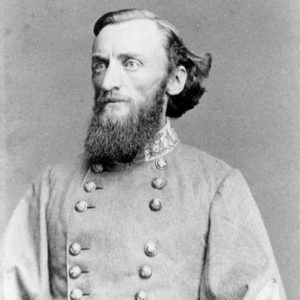 John Marmaduke
John Marmaduke
Time Period: Civil War through Reconstruction (1861 - 1874)
 John Marmaduke
John Marmaduke
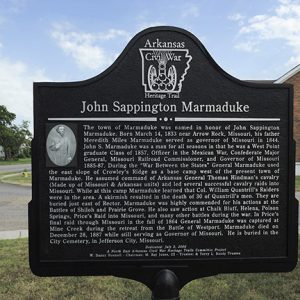 John Sappington Marmaduke Marker
John Sappington Marmaduke Marker
Marmaduke, John Sappington
Mary E. Poe [Steamboat]
Mason, James W.
aka: James Mason Worthington
Mason, Simpson
 Masonic Monument
Masonic Monument
Massard Prairie, Action at
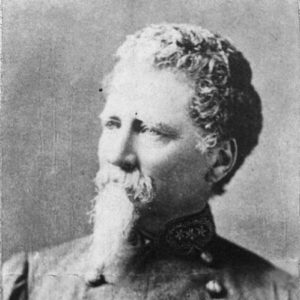 Dabney Maury
Dabney Maury
Maury, Dabney Herndon
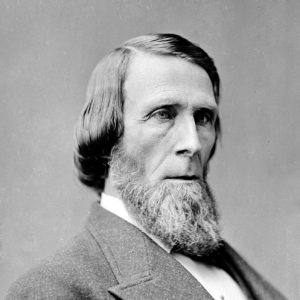 Samuel Maxey
Samuel Maxey
Maysville, Skirmish at (January 1863)
Maysville, Skirmish at (July 20, 1864)
Maysville, Skirmish at (May 8, 1864)
Maysville, Skirmish at (September 5, 1863)
aka: Skirmish at Round Prairie
McAlmont, John Josephus
McBroom, Alexander (Execution of)
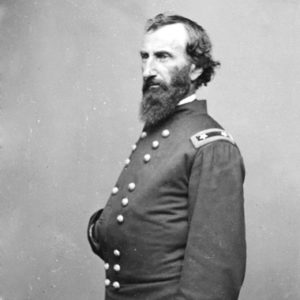 John McClernand
John McClernand
McClernand, John Alexander
McClure, John “Poker Jack”
McCollum-Chidester House Museum
McCook, Alexander McDowell
 A. M. McCook
A. M. McCook
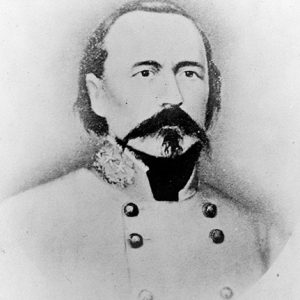 John P. McCown
John P. McCown
McCown, John Porter
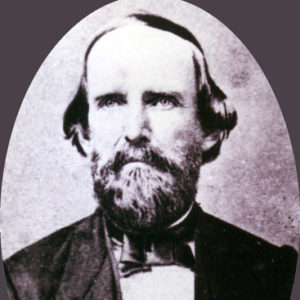 Benjamin McCulloch
Benjamin McCulloch
McCulloch, Benjamin
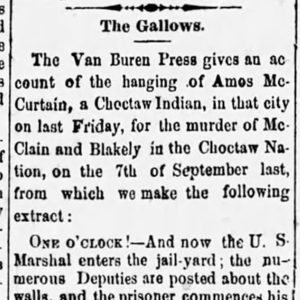 McCurtain Execution Story
McCurtain Execution Story
McCurtain, Amos (Execution of)
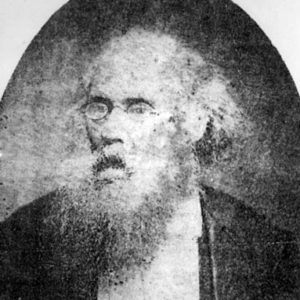 Charles McDermott
Charles McDermott
McDermott, Charles M.
McDonald (Lynching of)
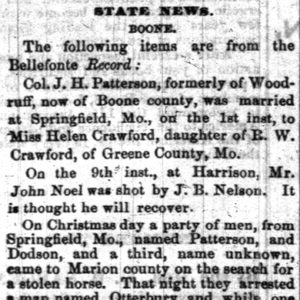 McDonald Lynching Article
McDonald Lynching Article
McDonald-Wait-Newton House
aka: Packet House
aka: 1836 Club
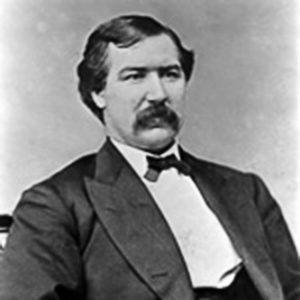 Alexander McDonald
Alexander McDonald
McDonald, Alexander
McGraw’s Mill, Skirmish at
McGuire’s, Affair at
McIntosh, James McQueen
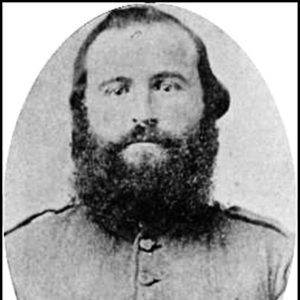 James McIntosh
James McIntosh
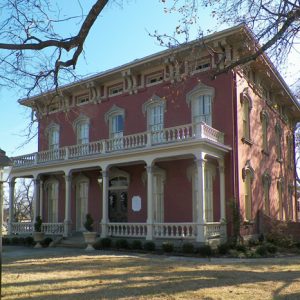 McKibben-Bonneville House
McKibben-Bonneville House
 Evander McNair
Evander McNair
McNair, Evander
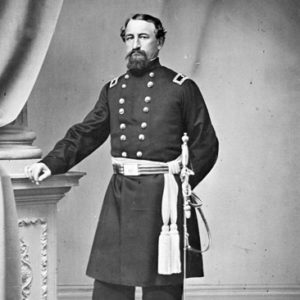 John McNeil
John McNeil
 McRae Grave
McRae Grave
 McRae Memorial
McRae Memorial
McRae, Dandridge
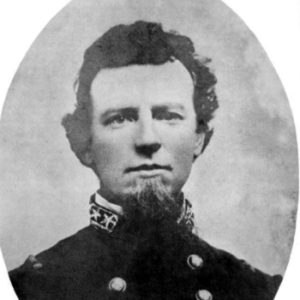 Dandridge McRae
Dandridge McRae




